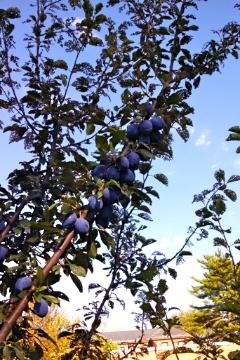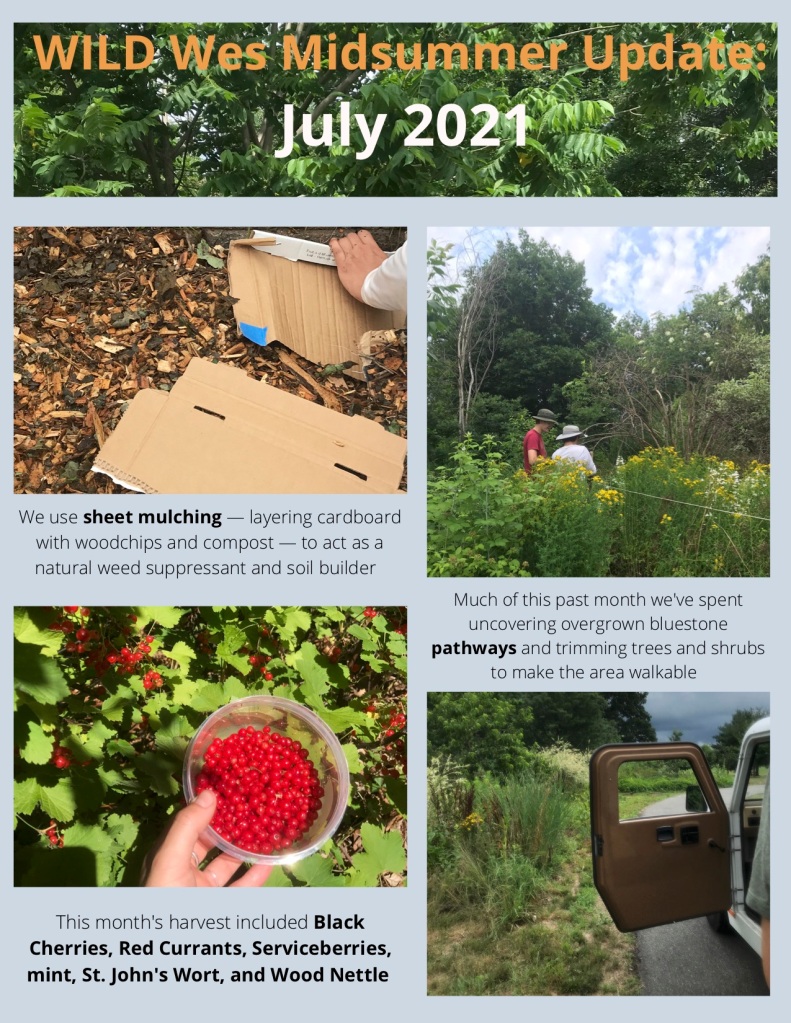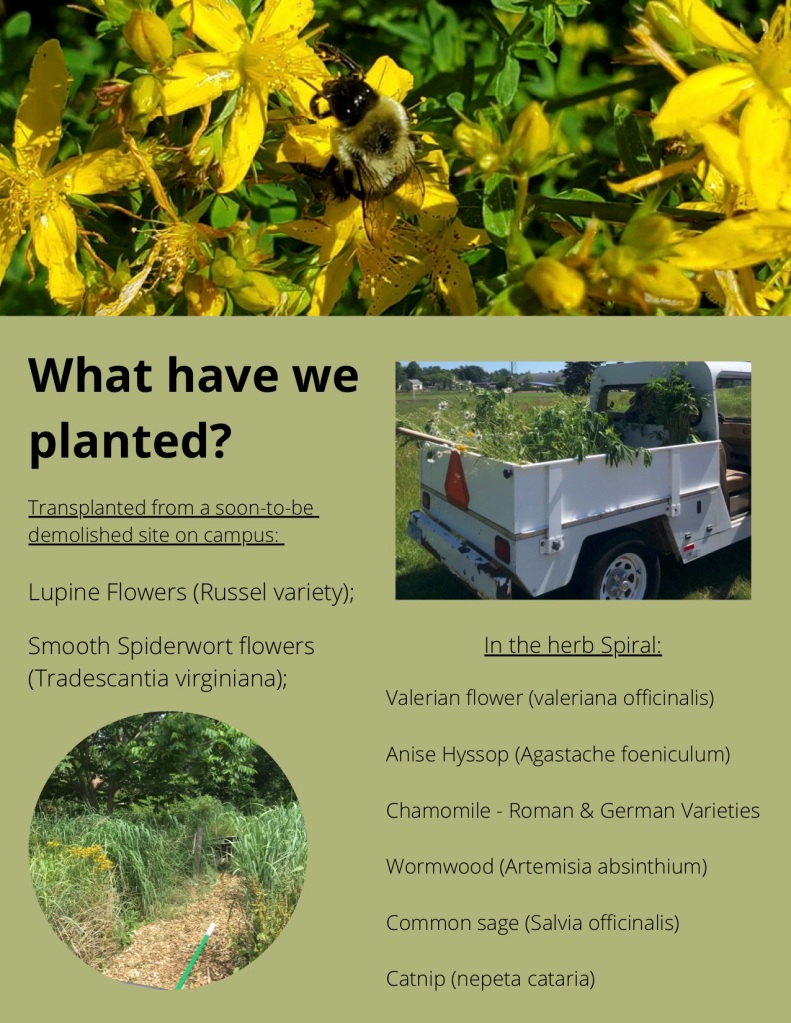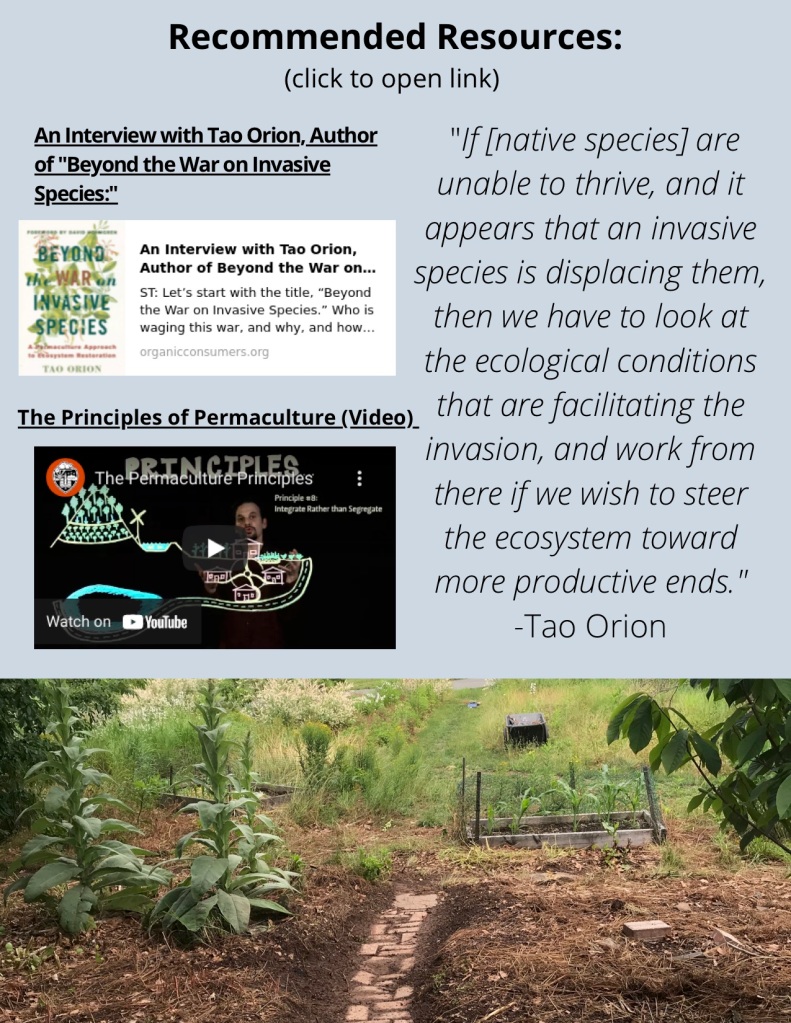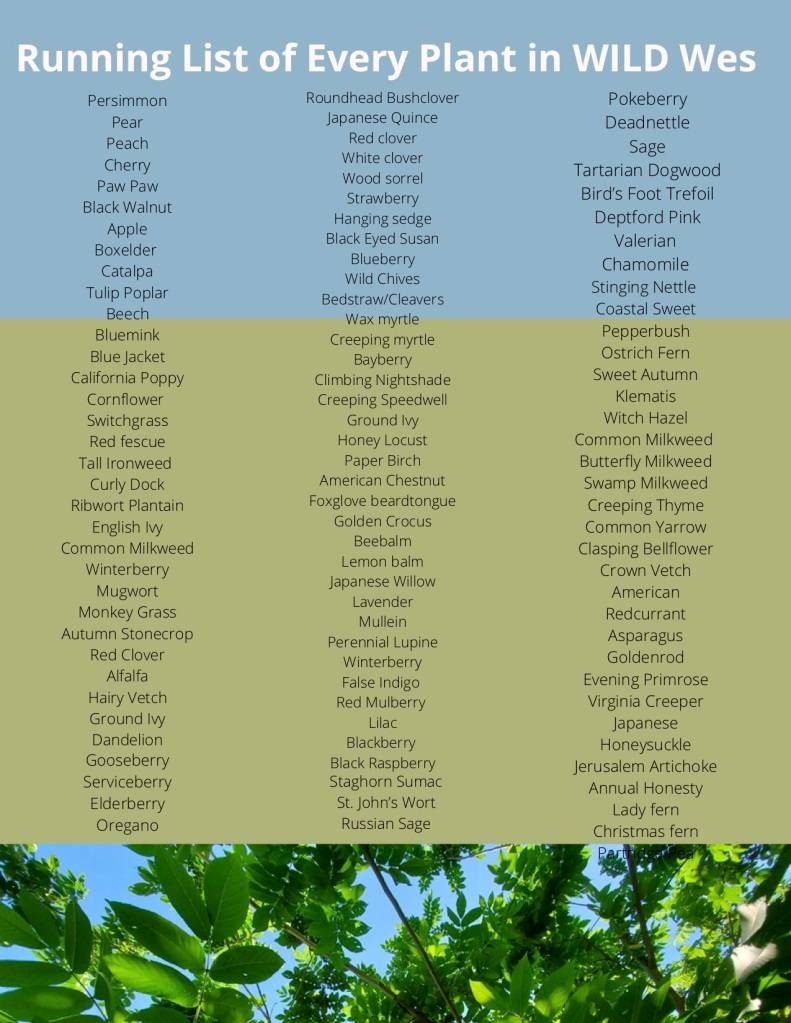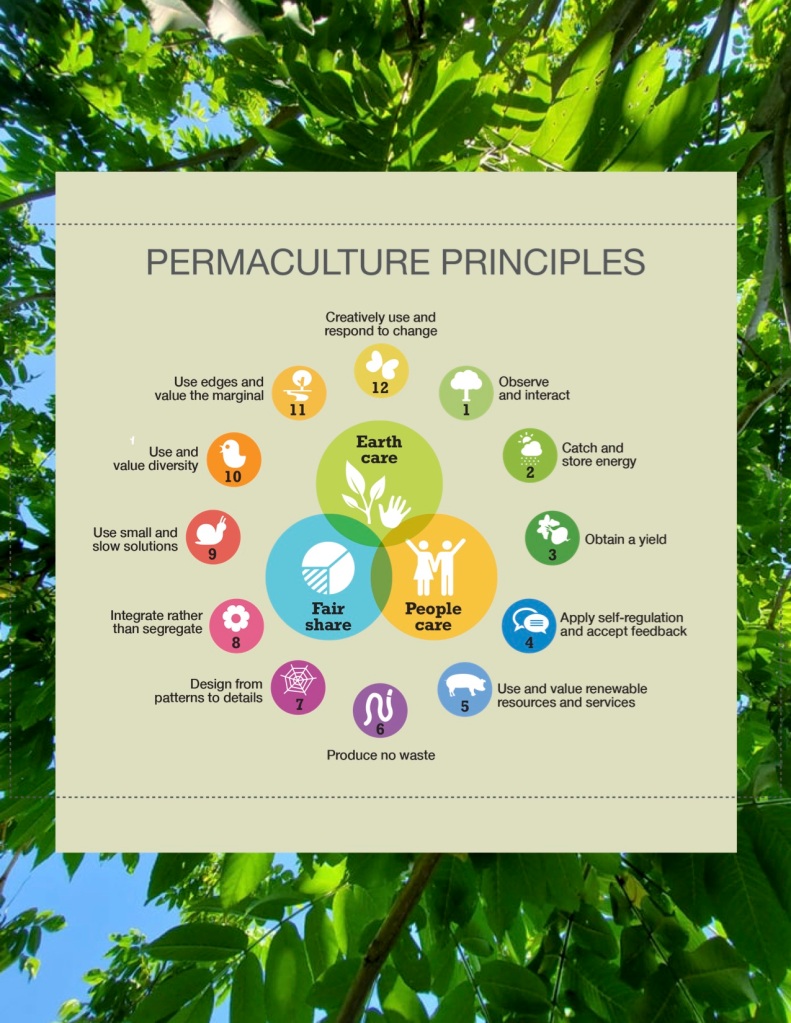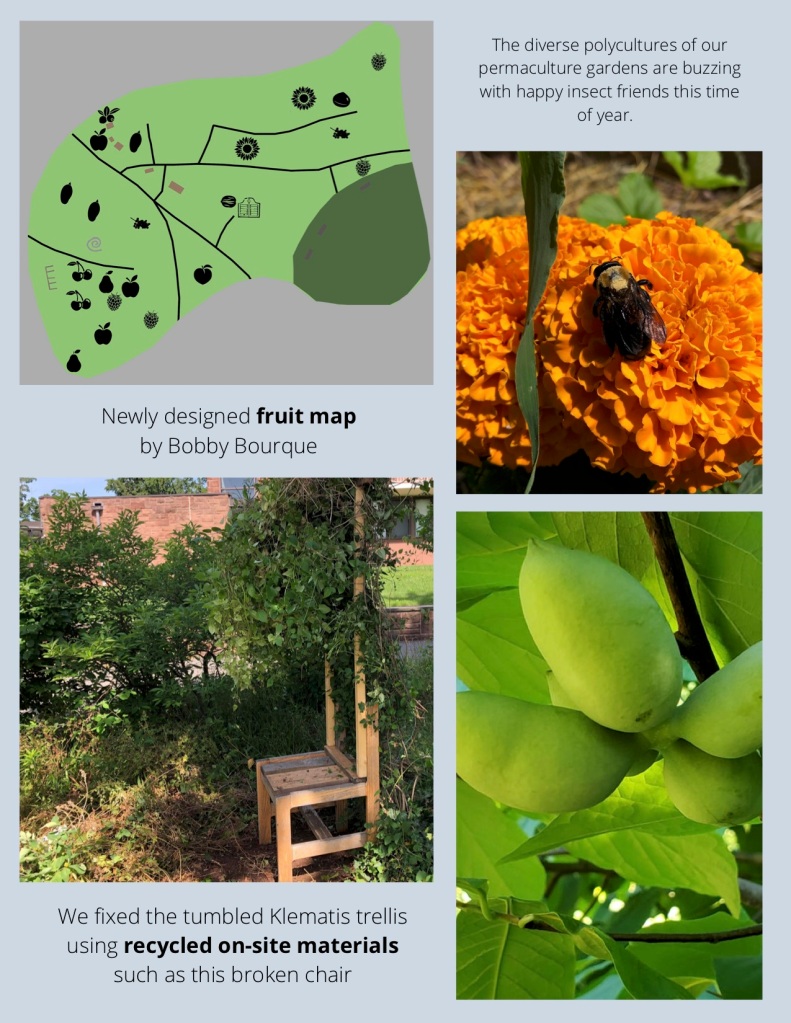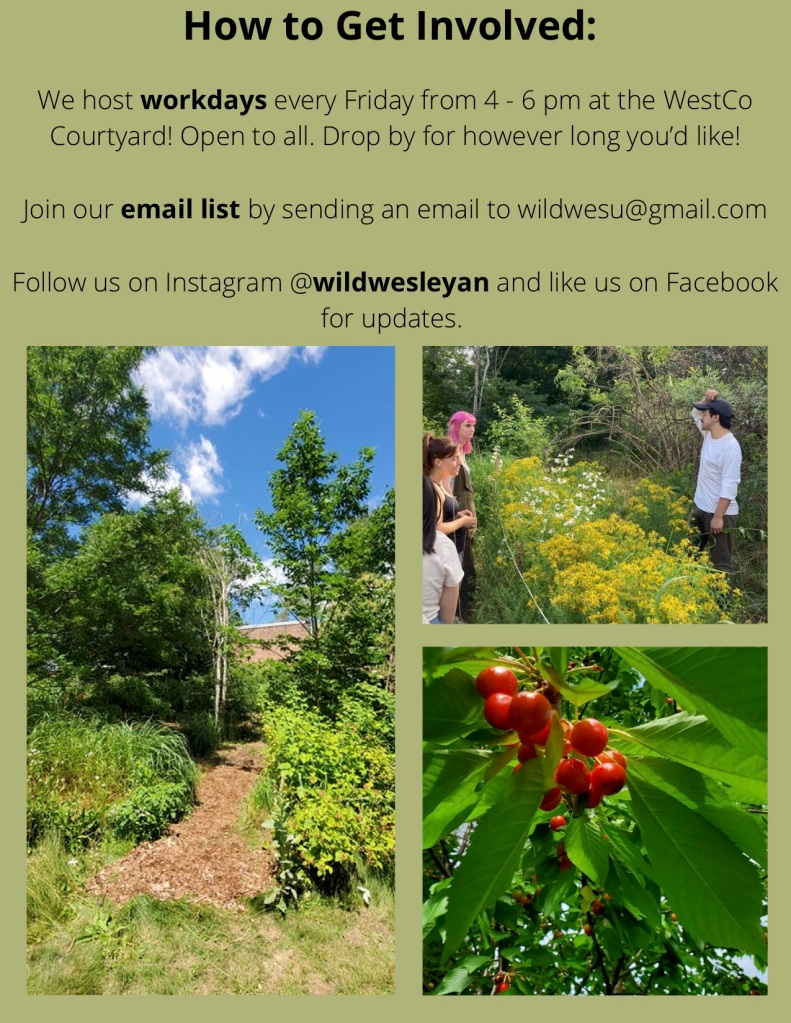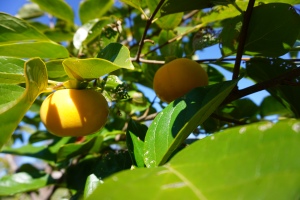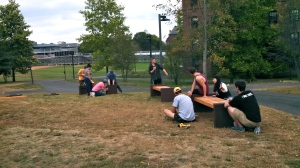It’s recipe time again! With pears, apples, blackberries, and peaches all getting to their peaks, there are tons of recipes online for them. However, there aren’t many recipes online for pawpaws. That is why we are excited to post this modified banana bread recipe to impress your new roommates with! Happy fall semester, let’s get baking!
Midsummer Update 2021
Early Summer Recipes
Lots of fruits are growing in WILD Wes and we want to provide some ideas on how you can use them. Below are a recipe for a cherry cake and a berry jam.
If you make any of these and want to share online, post them to Instagram and tag us (@wildwesleyan)!
Revival of the WordPress
Hello! While we plan to update the WordPress after the hiatus of this website’s use, we thought we would kick it off with some high-def bee pictures.
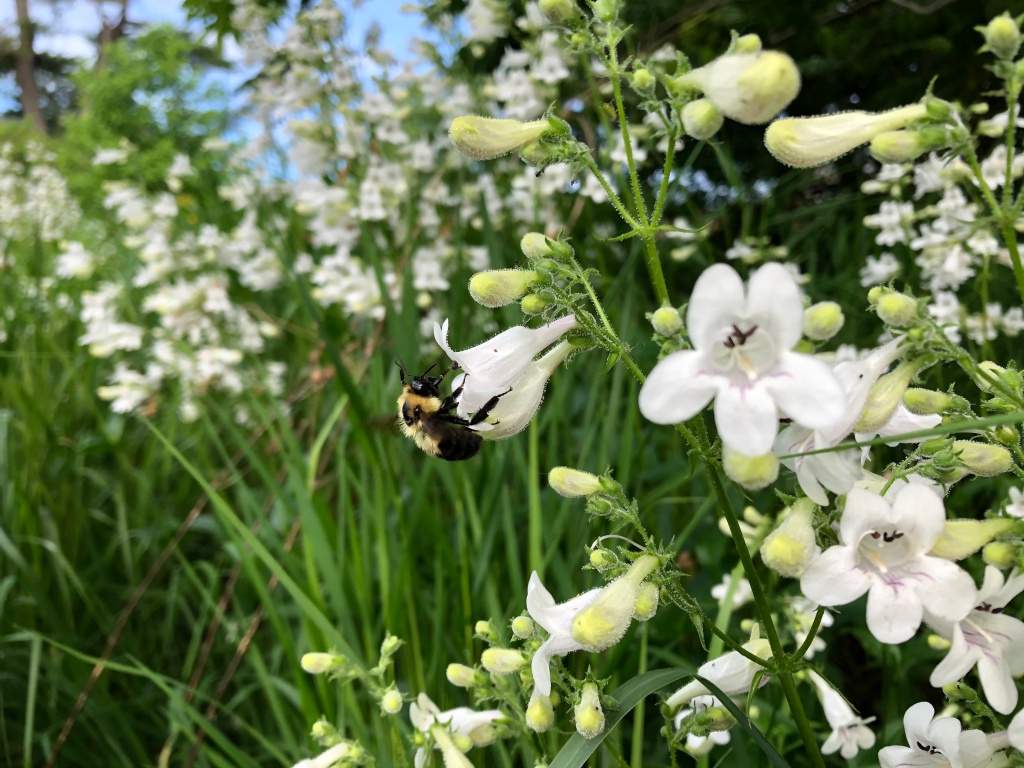
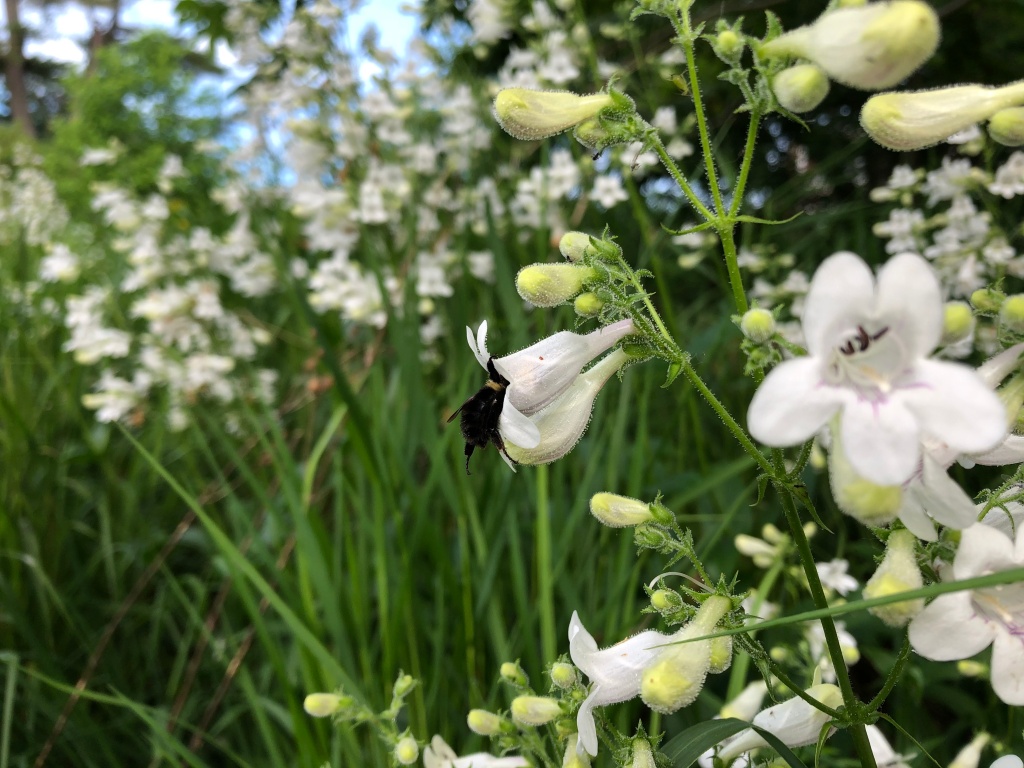
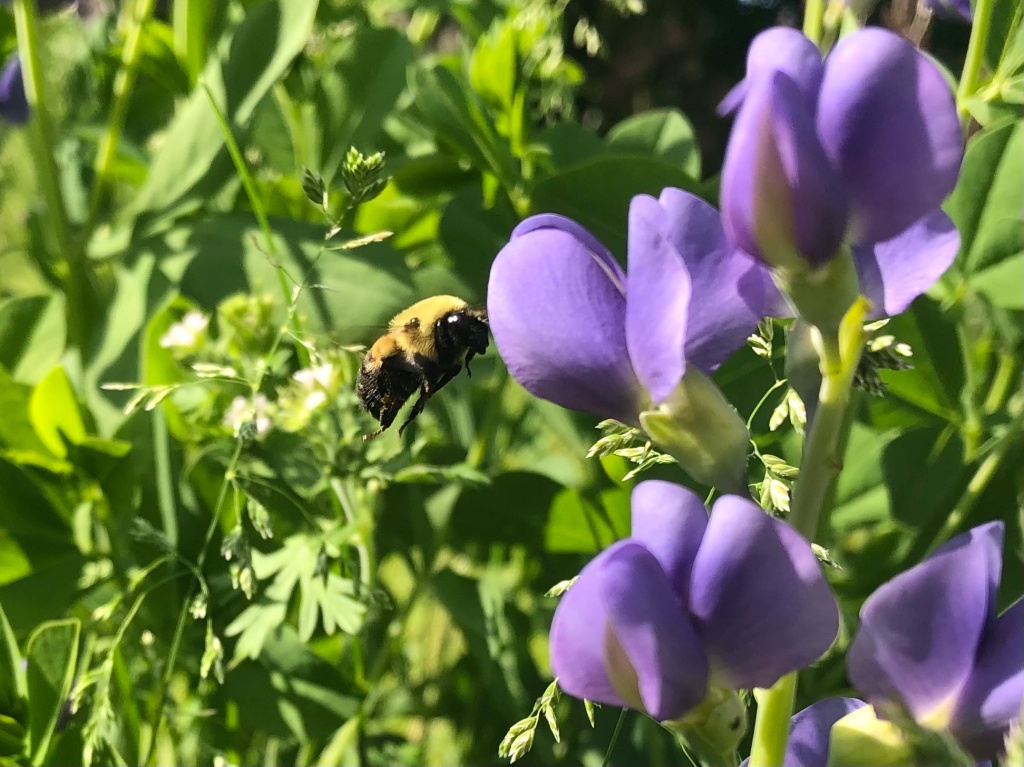
New Website!!
WILD Wes is excited to announce that we currently have a brand new (and better) website. WordPress has limitations on the number of photos that can be uploaded, and as we aim to improve the educational aspect of our group, having limitations on the number of photos that can be uploaded is really difficult. Sadly, this is the last post to be made here on WordPress, but if you want to follow our new site and learn lots more about WILD Wes and permaculture, head over to WILDWesleyan.org! Thank you to all who have subscribed here, I hope to see you on our new site, and I can’t wait to see what new possibilities open and what new people we can help.
Bluestone Pathway
The WestCo Courtyard features three pathways for students to traverse through without causing harm to the site. In the past, these pathways were covered in wood chips which had the advantage of having a sense of non-permanence and kept a more traditional
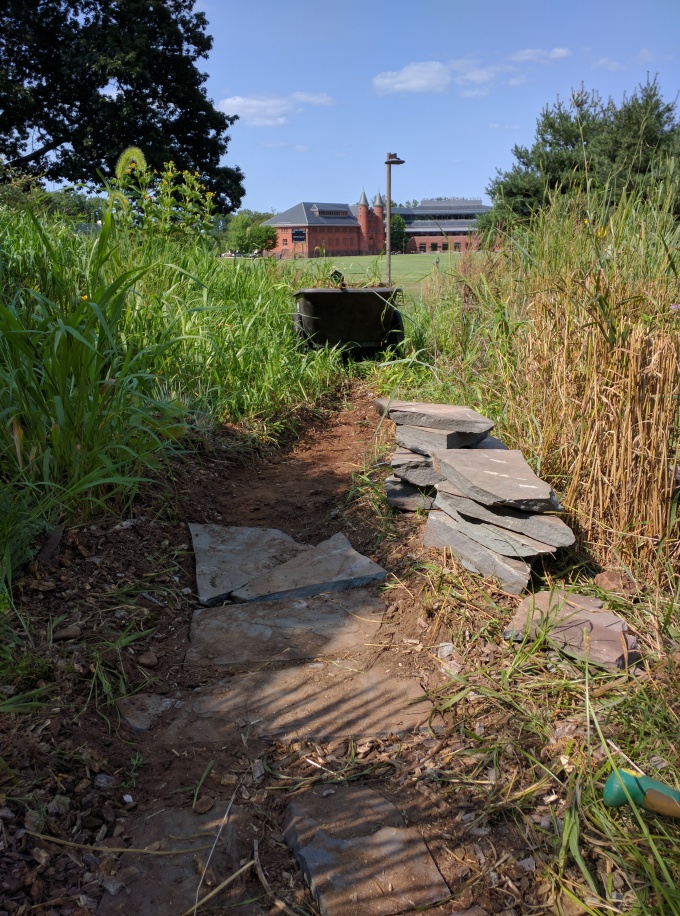
Path in Progress
aesthetic value. However, wood chip pathways often need to be replaced either every year or every other year, which can end up being fairly unsustainable.
The WILD Wes summer interns of 2015 (of which I was one) saw that the pathways needed to be replaced soon or that we would have to come up with some other option. We had heard that Wesleyan’s Physical Plant department was doing some path renovations of their own around campus. Part of their infinite summer construction plans involved pulling up old broken bluestone around campus and replacing it with new stones, so instead of sending that quality material to go to waste, we took it to the courtyard to be recycled. There, we smashed it up with a sledgehammer into smaller pieces so that we could create the puzzle-like pattern seen in the final pathway. This new pathway was going to be far better in terms cost efficiency, sustainability, and artistic quality.
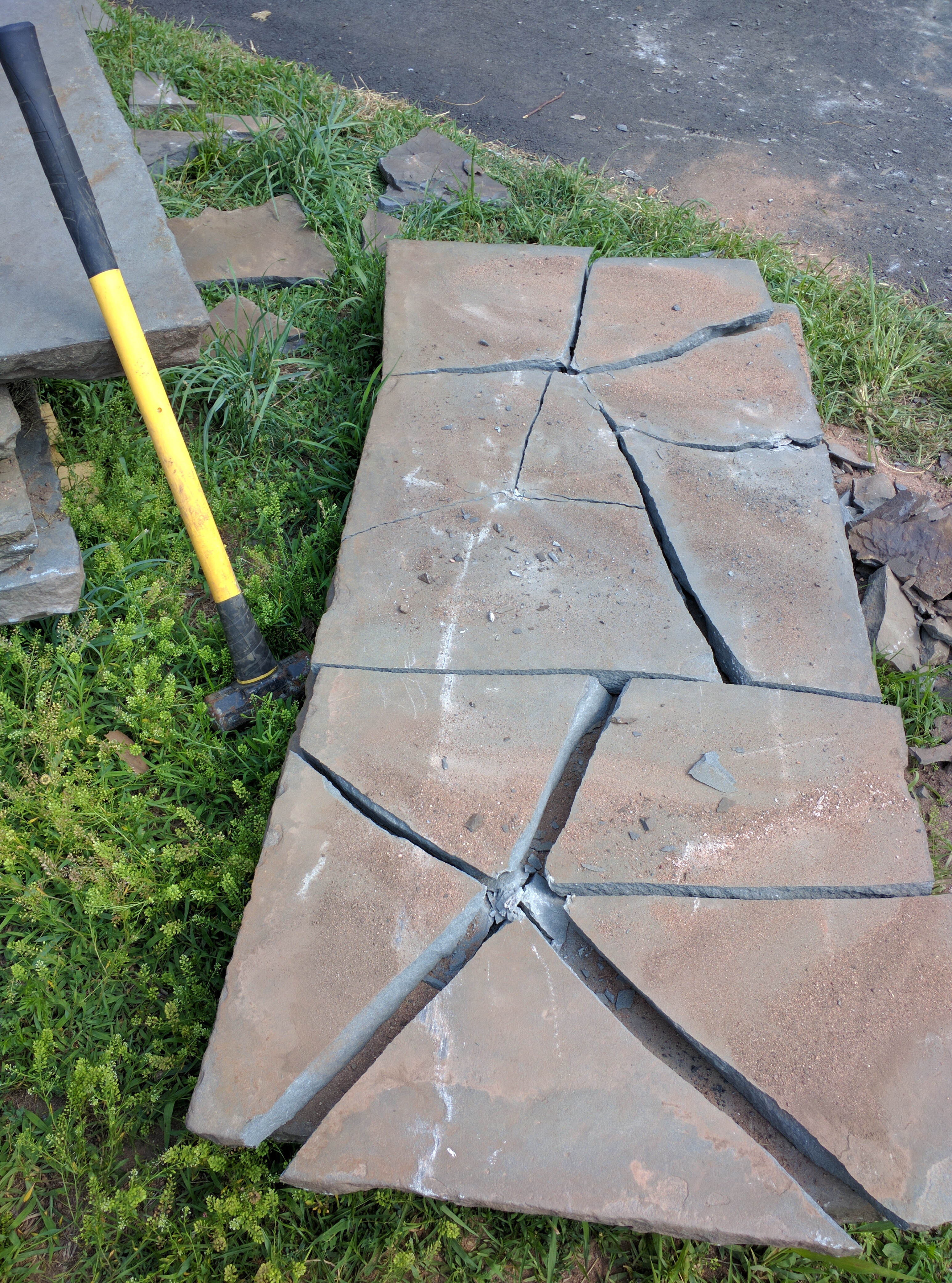
Breaking Apart the Bluestone Sheets with a Sledgehammer
Just like highway construction, our own new path has surely been a work in progress. The interns in 2015 were unable to finish the pathway because they had run out of the bluestone and Physical Plant did not have any more plans to pull up other bluestone until the next summer. That is when the 2016 summer interns collected more stone, broke it to pieces, and continued the work.
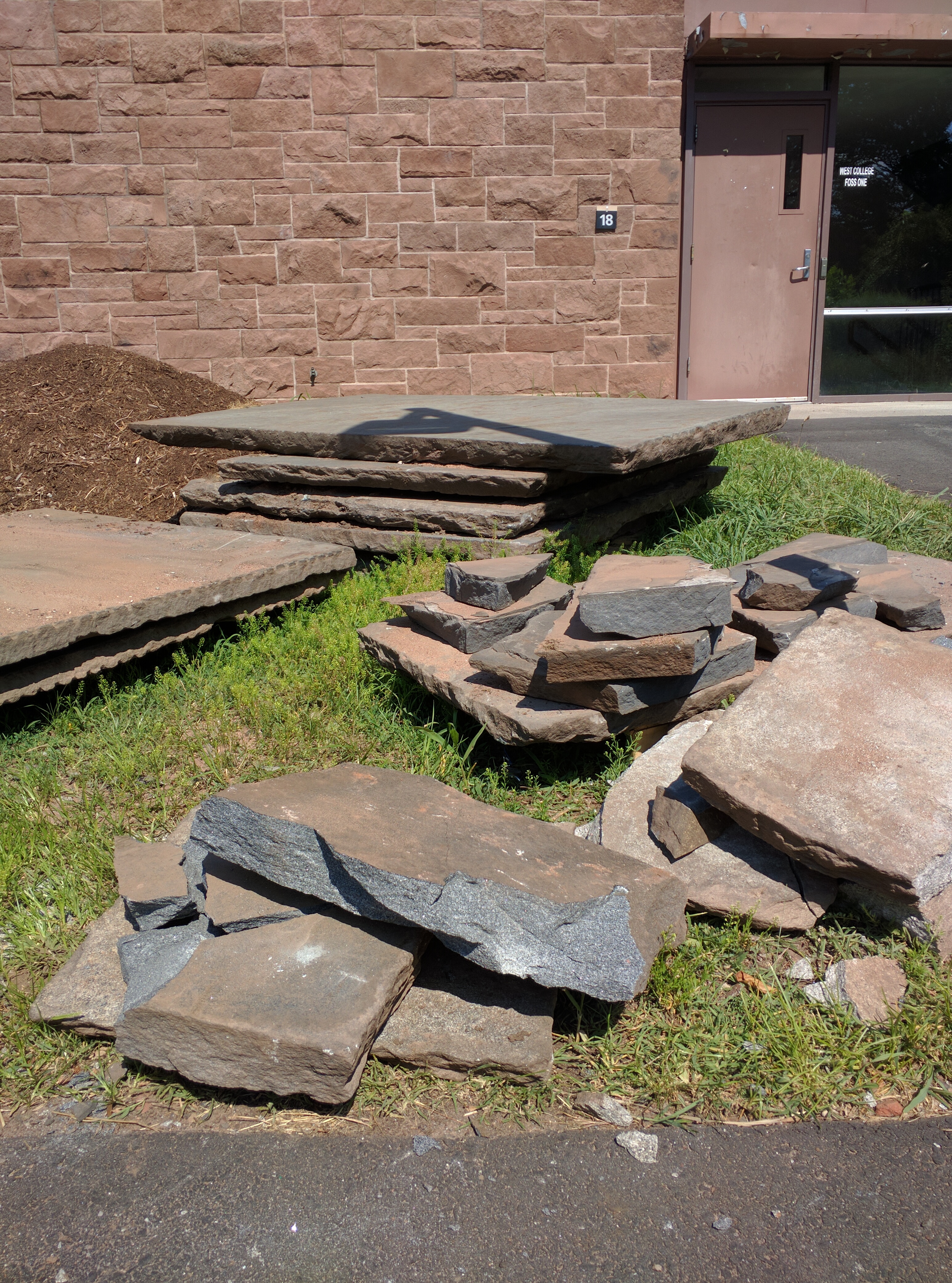
Rubble Pile
Finally, after two summers, the new bluestone path is now complete. There is currently still much of the stone left over, which will go towards potential guiding paths/stepping stones towards notable plants around the site such as the fruit trees, berry bushes, and the raised bed.
Come take a walk along the pathway and discover something new in the WILD Wes Courtyard!
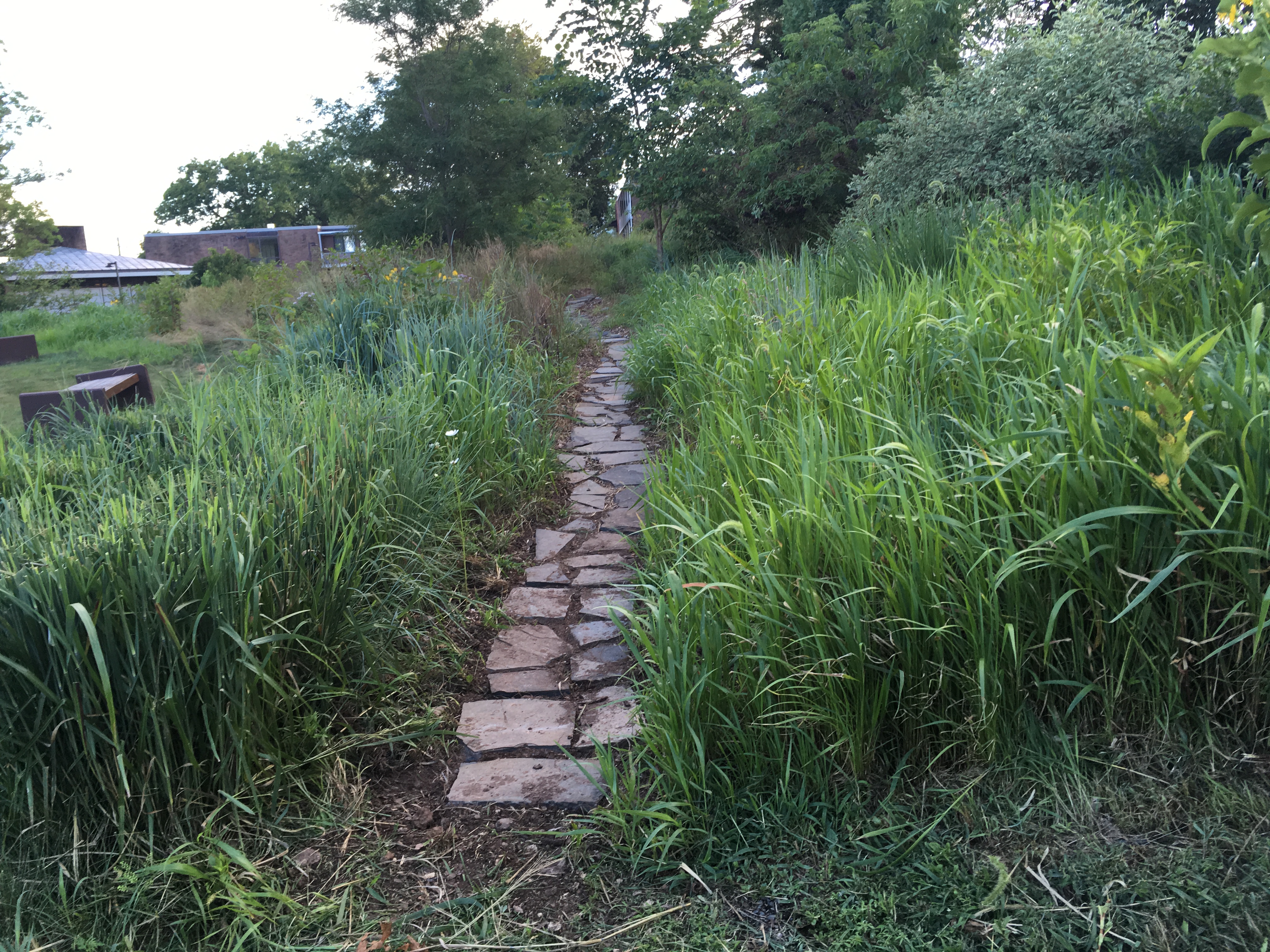
Finished Path
Jerusalem Artichoke
The Jerusalem Artichoke (or more specifically our flowering helianthus tuberosus) is a permaculturist’s dream. Not only does it have a pretty yellow flower, but it provides shade and requires very little work as all you have to do is harvest it after planting (which is great for permaculture philosophy)! While some consider it to be invasive, it is native to North America and was commonly used in this region by Native Americans because of its long winter storage lifespan and high caloric content. Jerusalem Artichoke is now also common in Europe and is used in many food products including wine. The tubers resemble potatoes and can be used as a calorie dense substitute, but they must be cooked first.
Come by the Courtyard and harvest yourself some Jerusalem Artichoke today!
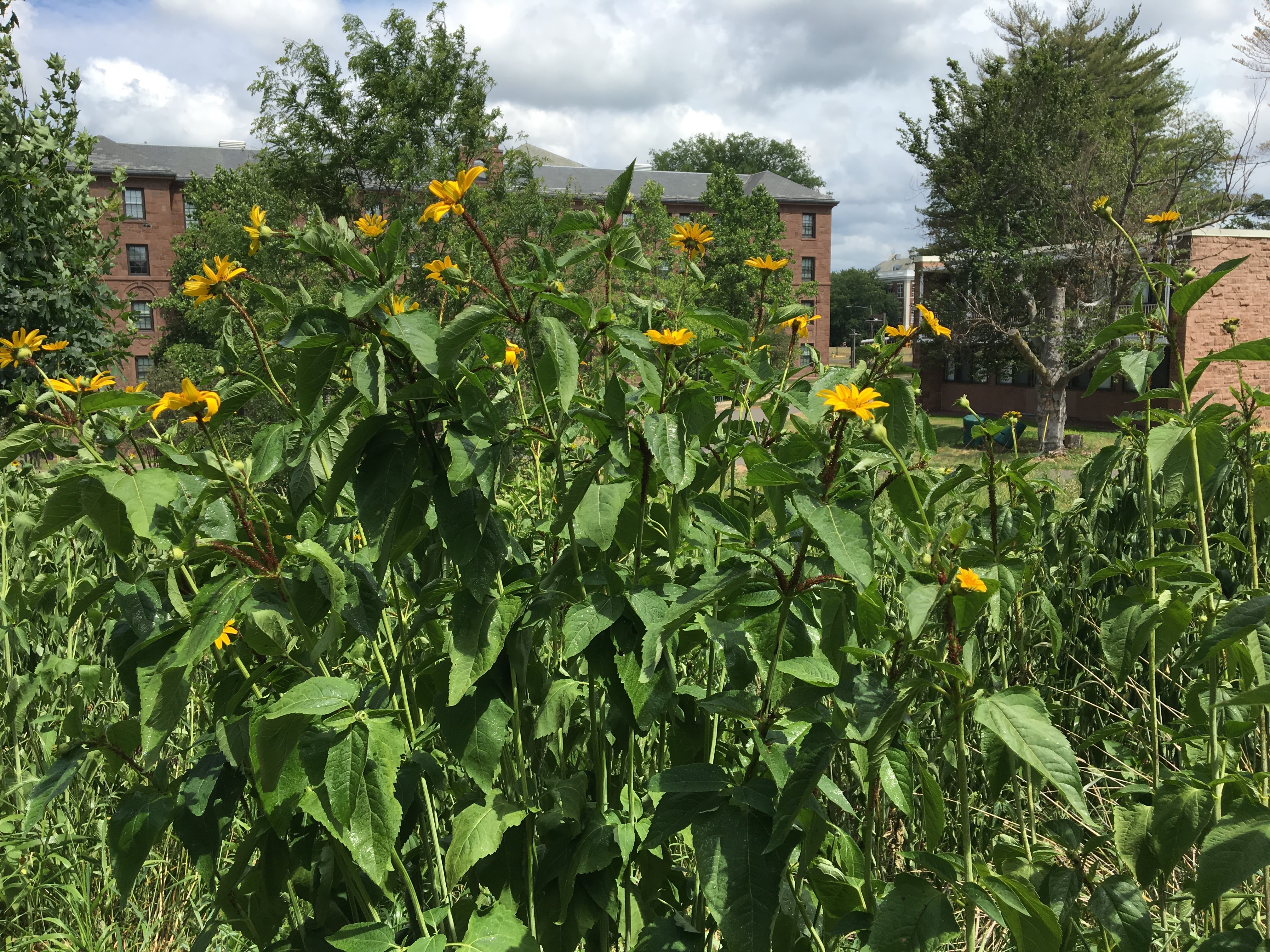
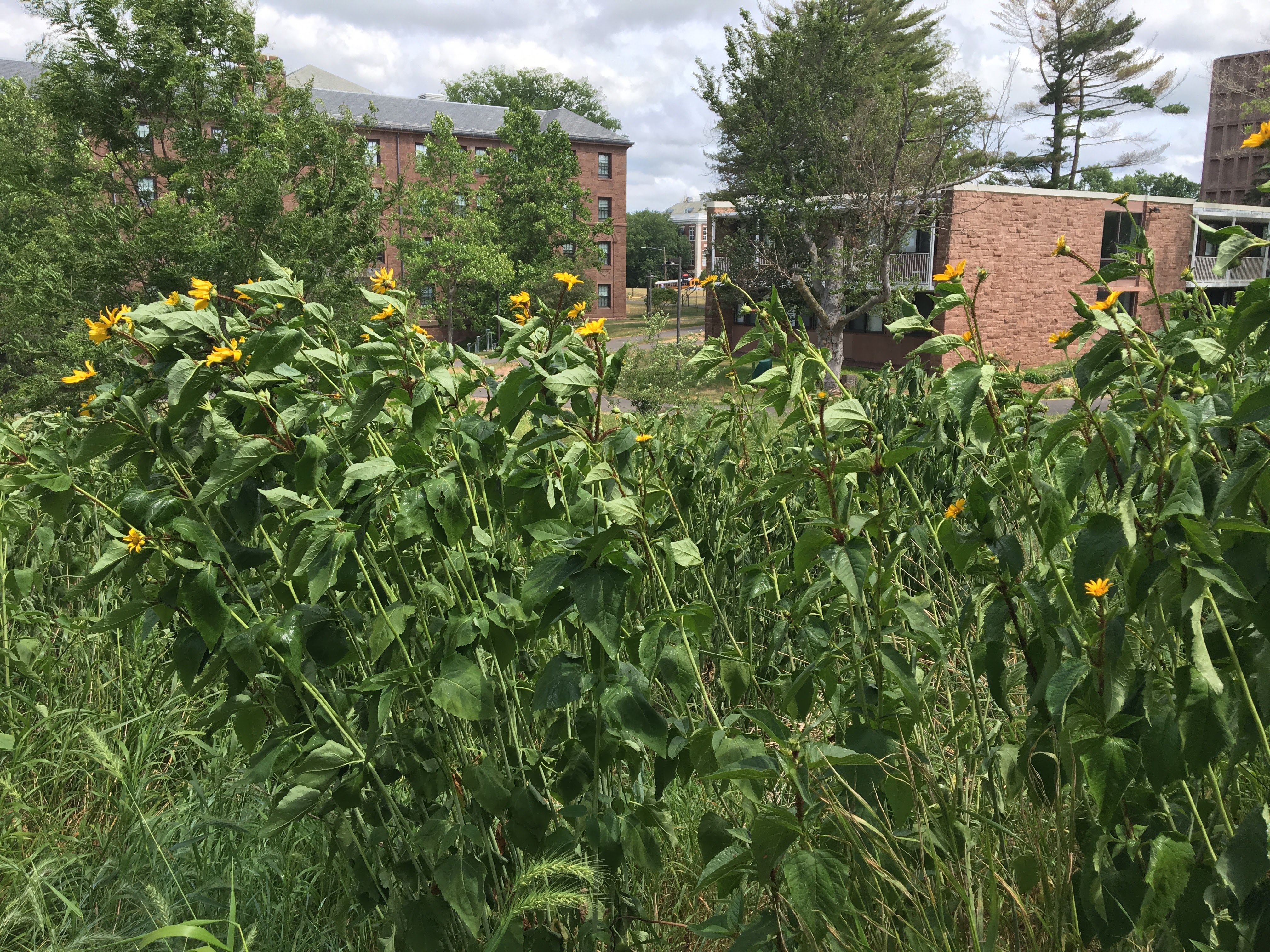
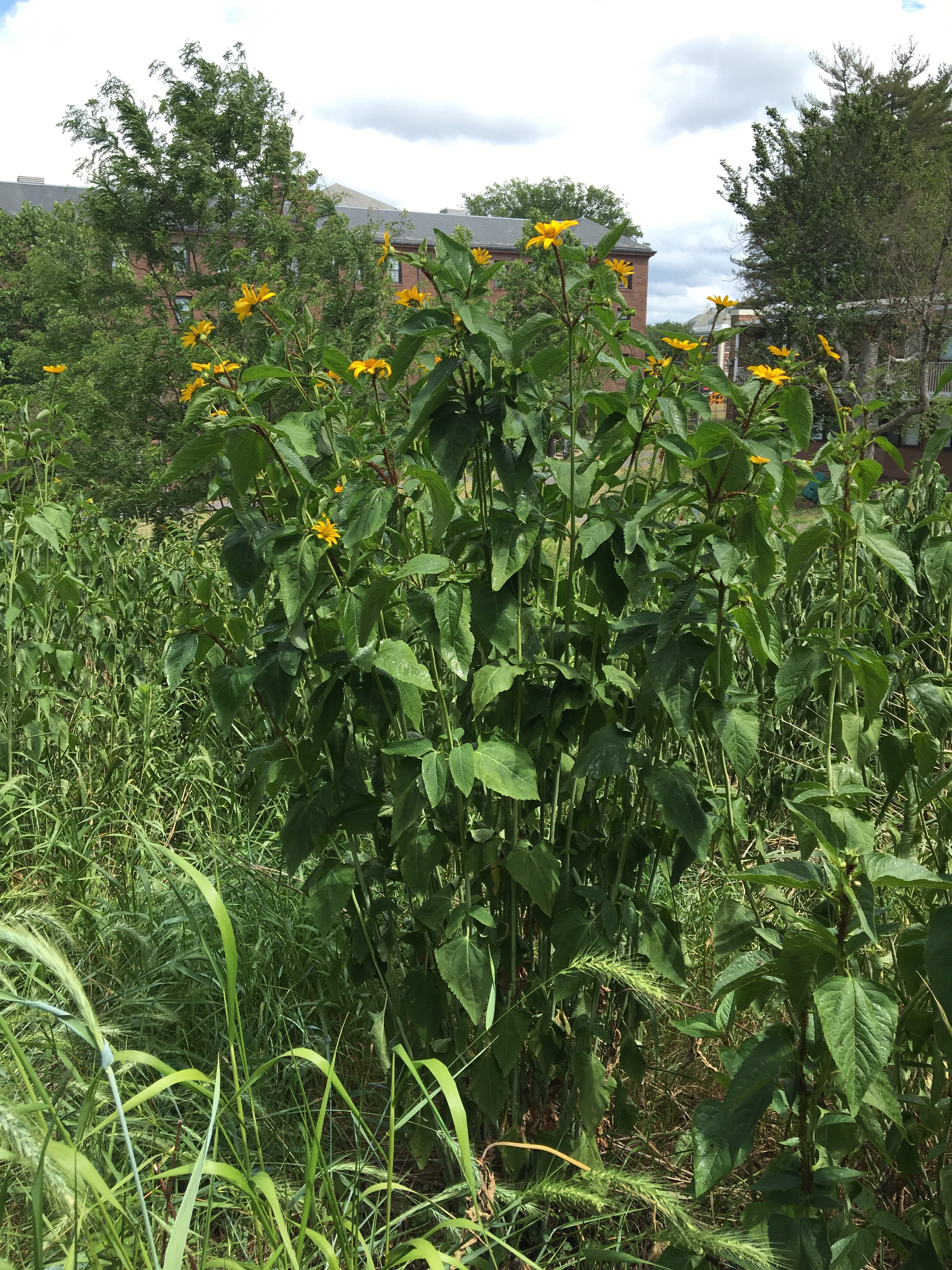
Persimmons Turning
The Benches! They are here!
Find more photos from Bench Day on our Facebook page!
European Plums Aplenty
Fun (Plum) Fact: There are more than 2300 people listed
in the White Pages online with the last name “Plum”. Useful!
